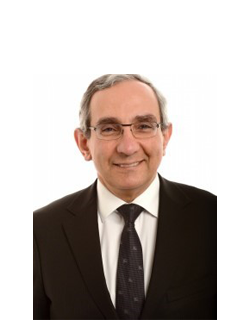Meet Our Speakers
We are pleased to announce the many esteemed speakers and the topics they will cover during the 2024 European SIFT-MS Symposium.
Plenary Speakers
Prof. Patrik Španěl
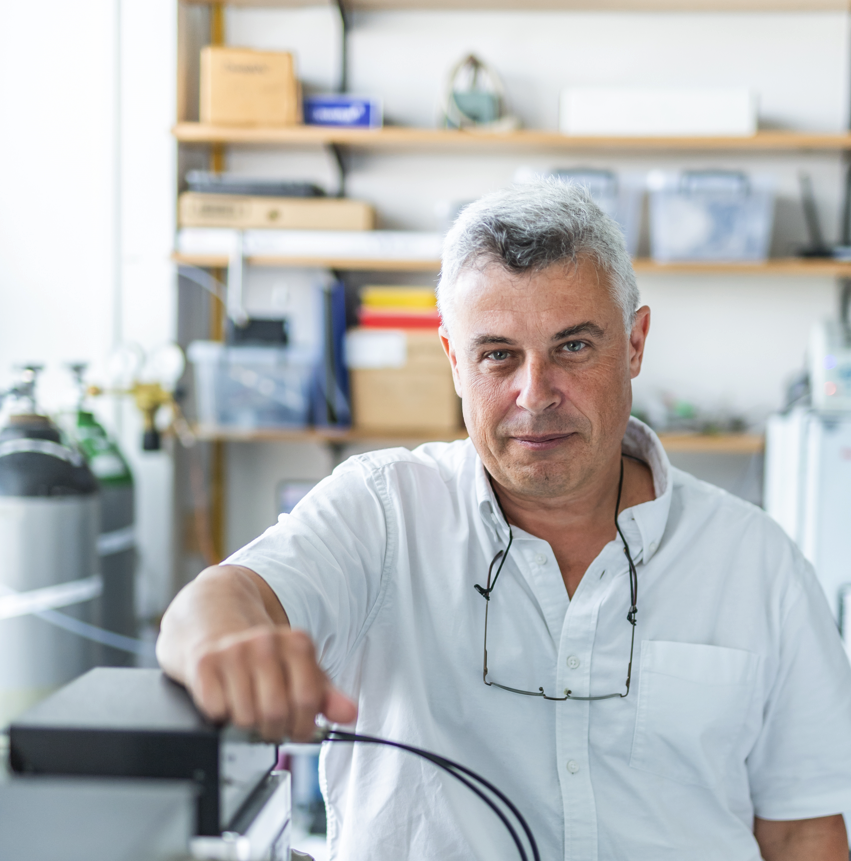
Automated Reaction Kinetics Analysis and Dynamic Data Processing Using Python
Quantitative SIFT-MS analyses require a thorough understanding of ion-molecule reactions, including their rate coefficients, product ion branching ratios, and the impact of secondary reactions with water vapour and other matrix components. Traditional ion chemistry studies are often complicated, time-consuming, and prone to errors, leading to delays in the development of customised kinetic libraries. To address these challenges, a Python software library is proposed to automate the processing of SIFT-MS raw data from a simple and reproducible continuous flow dynamic experimental setup using reliable and advanced Voice or Tracer instruments. The software includes algorithms that make it easier to identify primary product ions and determine relative rate coefficients. This simplifies the process of creating kinetic library entries and reduces the need for labour-intensive data interpretation. Additionally, the software can analyse time-dependent experimental data immediately, providing an attractive alternative to traditional data processing and reporting methods. Examples of applications highlight the potential of this approach to enhance SIFT-MS research. The naming of the library, perhaps "PySIFT" or "Pytracer," will be discussed and finalized following the presentation.
Prof. George Hanna
Novel Applications of SIFT-MS
Prof. Ilaria Degano

SIFT-MS for the Monitoring of Cleaning of Paint Surfaces: A Pilot Study
Giulia Caroti1, Jacopo La Nasa1, Anna Lluveras-Tenorio1, Bronwyn Ormsby2, Judith Lee2, Ilaria Degano1*
1 Department of Chemistry and Industrial Chemistry, University of Pisa, Pisa (Italy)
2 Conservation Science and Preventive Conservation, Tate, London (UK)
During a pilot study, SIFT-MS was employed to analyse cleaning materials utilized in the conservation of painting materials. Following cleaning procedures, residues of these materials (such as solvents, gels, etc.) may persist on the painted surfaces, potentially causing long-term degradation effects. Therefore, highly sensitive and selective techniques are necessary to assess the short and long-term presence of such materials on cleaned surfaces.
Within the CMOP (Cleaning Modern Oil Paints) European project framework, paint mock-ups were prepared and subjected to cleaning using innovative solvents and supports. SIFT-MS (Voice 200ultra from Syft Technologies) was utilized to characterize the cleaning materials and to determine the residual amount of solvents several months post-procedure.
Significant findings were observed, particularly regarding polysiloxanes and other polymers containing siloxane chains, which will be elaborated upon in the presentation.
Dr. Geraint (Taff) Morgan

Down to Earth: From Meteorites to Motorcars Unlocking their Secrets with SIFT-MS
Europe is in the process of implementing the regulations for the levels of volatile organic compounds present in the interior of new vehicles. Existing methods for the characterising of these VOCs are slow, expensive and time consuming significantly limiting the range of studies that can be conducted. The TRACER SIFT-MS presents an opportunity to enable real-time measurements of emissions and mitigation strategies under controlled environments. We are working with a leading vehicle manufacturer to characterise their vehicles and to develop and evaluate novel assay methods using the TRACER SIFT-MS, at their European Technology Centre. Ultimately, with the aim that it may become the default method adopted for such analyses for the sector and can help manufacturers enhance their existing studies, resulting in better and even safer products for their global customers that are fully compliant with existing and future requirements.
Dr. Stanislav Musil
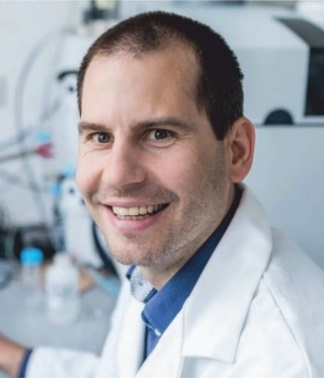
Identification of volatile metal carbonyls generated by photochemical vapor generation using SIFT-MS
Stanislav Musil1, Ignacio Machado1,2, Beatrice Campanella1,3, Kseniya Dryahina4 and Patrik Španěl4 stanomusil@biomed.cas.cz
1) Institute of Analytical Chemistry of the Czech Academy of Sciences, Veveří 97, 602 00 Brno, Czech Republic,
2) Universidad de la República, Faculty of Chemistry, Gral. Flores 2124, Montevideo, Uruguay,
3) National Research Council, Institute of Chemistry of Organometallic Compounds, via Giuseppe Moruzzi 13, 56124 Pisa, Italy,
4) J. Heyrovský Institute of Physical Chemistry of the Czech Academy of Sciences, Dolejškova 2155/3, 182 23, Prague 8, Czech Republic.
Photochemical vapor generation (PVG) is an emerging sample introduction technique for atomic spectrometry. Volatile species of elements are efficiently synthesized during UV irradiation of an aqueous photochemical medium and transported in the gas phase to a detector, resulting in detection limits even in pg/L for liquid samples. Recently, the applicability has been significantly expanded in the transition metal group, producing volatile metal carbonyls from formic acid-based media. To fully understand the mechanistic aspects of PVG, the identification of new, presumably less stable, volatiles is of high priority. This lecture will give an overview of our successful attempts to identify volatile Ru, Os and Re carbonyls using SIFT-MS.
Environmental and Indoor Air Quality
Dr. Marvin Shaw
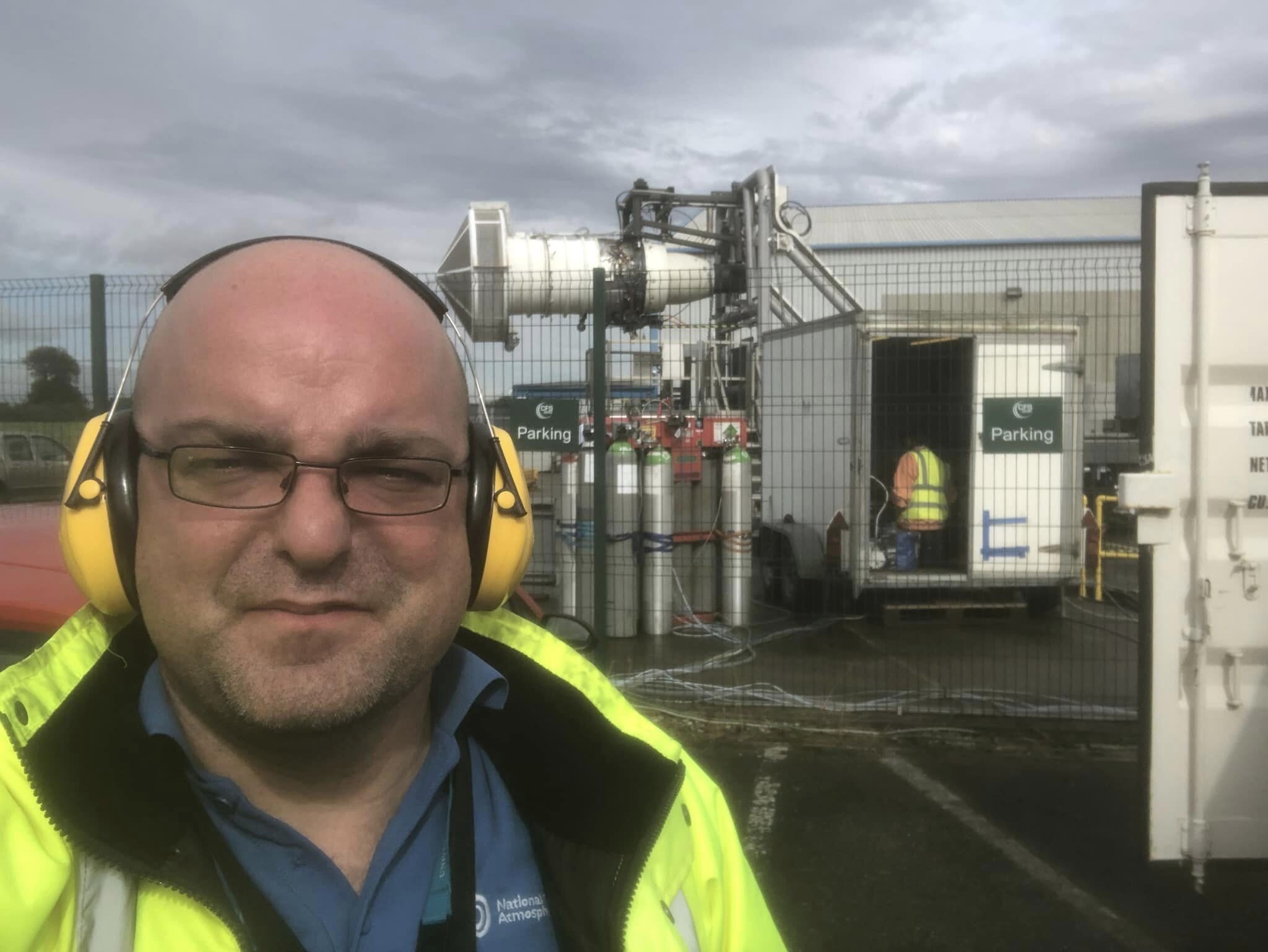
Comparison of Primary and Secondary Emissions from a Commercial Jet Engine using both Conventional and Sustainable Fuels
Shaw4,2,P.I. Williams1,2, D. Kilic1, A. Crayford3, E. Durand3, R. Purvis4,2 , G. McPherson3, F. Lidstone-lane1, A.R. Lea-Langton5, M. Johnson6, , J. Vilja6, R. Sallinen7, D. Stuart7 and D. Newhouse8
1Department of Earth and Environmental Science, University of Manchester, Manchester, M13 9PL, UK
2National Centre for Atmospheric Science (Distributed Centres), UK
3Department of Chemistry, University of York, York, UK
4School of Engineering, Cardiff University, Cardiff, CF24 3AA, UK
5School of Engineering, The University of Manchester, Manchester, M13 9PL, UK
6Rolls Royce, Derby, DE24 7XX, UK
7Neste Corporation Technology Centre, Kilpilahti, 06101 Porvoo, Finland
8CFS Aeroproducts LTD, Warwick, CV34 5FY, UK
Global aviation is estimated to grow by 4.3% p.a. over the next 20 years. Any changes in emissions in this sector must be consistent with national, international, and industrial climate strategies, which require civil aviation to be carbon neutral by 2050. Sustainable Aviation Fuel (SAF) will play a significant role in meeting these targets, reducing the sector’s consumption of fossil fuels. However, the burning of SAF still leads to non-CO2 climate and pollution effects. To quantify these effects requires the full characterisation of particle and gaseous emissions across the whole flight envelope, including the time evolution of those emissions characterised from a few seconds after released to several days.
Emission and performance results from Honeywell AF-507 and AF-502 turbofan engines running on standard and sustainable aviation fuels (SAF) are presented from a new facility within the UK. The two engines were run at Hawarden airport by CFS Aero during Sept. 2023. Engine exit plane emissions were sampled using the European reference sampling and measurement system. The particle and gases were measured with a range of analytical equipment, to evaluate total and non-volatile particle number, mass, size distribution and chemical composition; standard aviation gaseous species (CO2, CO, NOx, SO2 and UHC). Detailed VOC speciation was performed for the experiment, using Selected Ion Flow Tube Mass Spectrometry (SIFT-MS) and 2D-GC/MS. Results are showing differences depending on fuel types. Preliminary results show more aromatics in conventional fuels than SAF but more shorter chain alkanes in the SAF.
This work highlights the capabilities of the new aviation emissions measurement facility, the impacts of fuel composition on aerosol and gaseous emissions from aircraft and the role of real time mass spectrometry techniques such as SIFT-MS within this research.
Dr. Ashish Kumar

Unveiling the VOC emissions from day-to-day Indoor Activities
We spend nearly 90% of our daily time in indoor environments, which can have several active sources of pollutants like volatile organic compounds (VOCs). These VOCs can rapidly transform into several secondary pollutants and influence the air quality around us. Due to the significant impact of poor air quality on human health and well-being, monitoring and prediction are crucial. Our work explores the emissions of VOCs from household activities like cooking, cleaning, and homecare product use. Selected Ion Flow Tube Mass Spectrometry (SIFT-MS) is employed for real-time comprehensive VOC analysis and offers insights into emission sources and dynamics. Results reveal diverse VOC profiles, which will aid in developing modelling and mitigating strategies for improving indoor air quality.
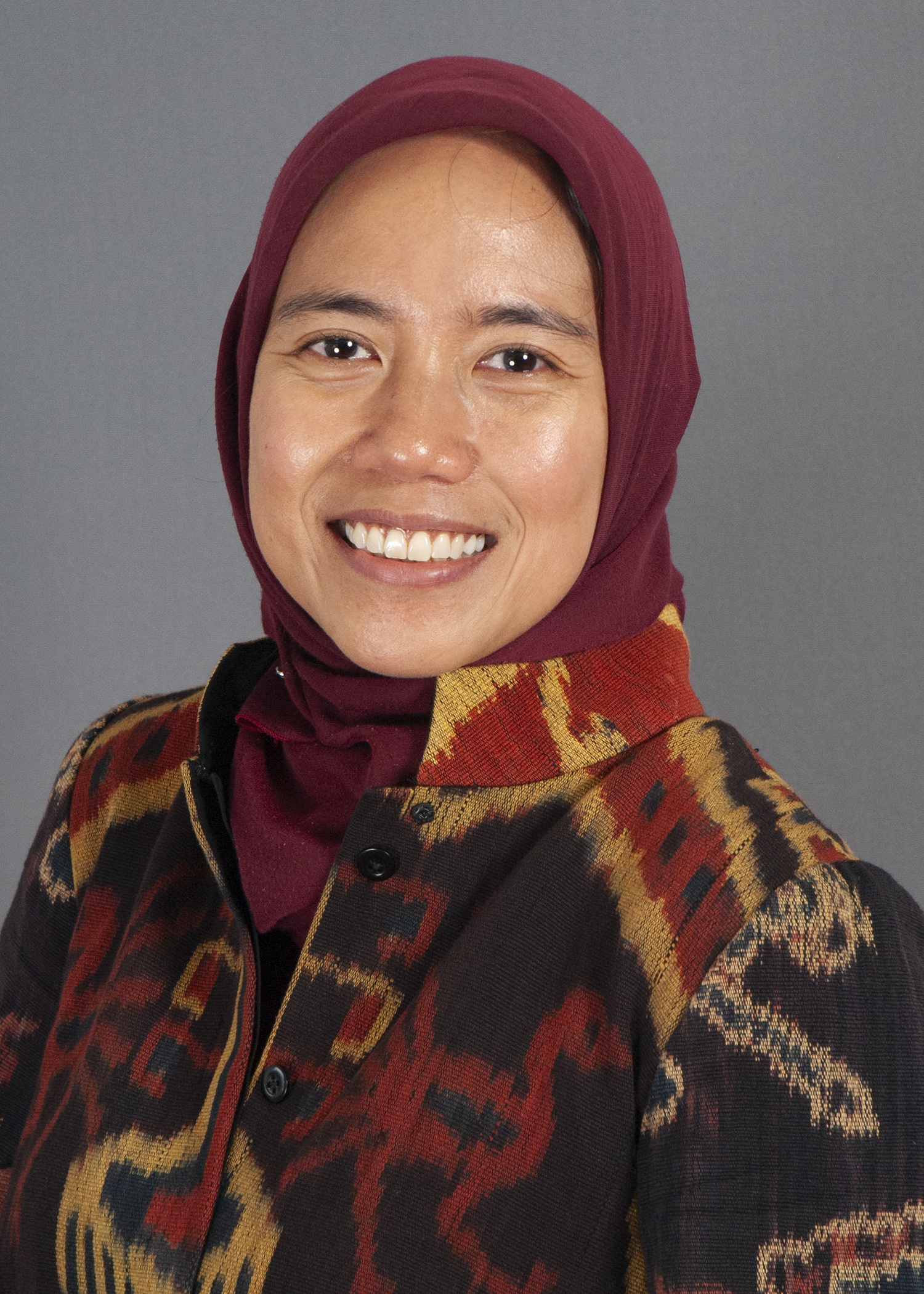
A Novel Mobile Air Quality Measurement for Emerging Indoor Emission Sources
S.H. Budisulistiorini1, T. Moore1, M. Shaw1, J.D. Lee1, D. Carslaw1, N. Carslaw2
1 Wolfson Atmospheric Chemistry Laboratories, Department of Chemistry, University of York, York, YO10 5DQ, United Kingdom
2 Department of Environment and Geography, University of York, York, YO10 5DD, United Kingdom
Indoor air pollution has been asserted as an emerging source, yet its contribution to air quality is poorly understood. While regional and scattered measurements have identified tracers associated with indoor sources like cooking emissions, these approaches fall short in identifying localised sources and assessing their significance over time and the combined impact of multiple sources.
This study presents a novel air quality observation method designed to characterise localised and persistent pollutants. Utilising a mobile laboratory equipped with a selective ion flow tube mass spectrometry (SIFT-MS), we conducted comprehensive measurements of volatile organic compounds (VOCs) from cooking and traffic emissions, volatile chemical products (VCPs), and personal care products (PCPs) in Bradford and York, United Kingdom. Using the fast response data encompassing over 30 species from a minimum of 20 mobile measurements in each city across summer and winter, we developed metrics to identify indoor sources in the atmosphere.
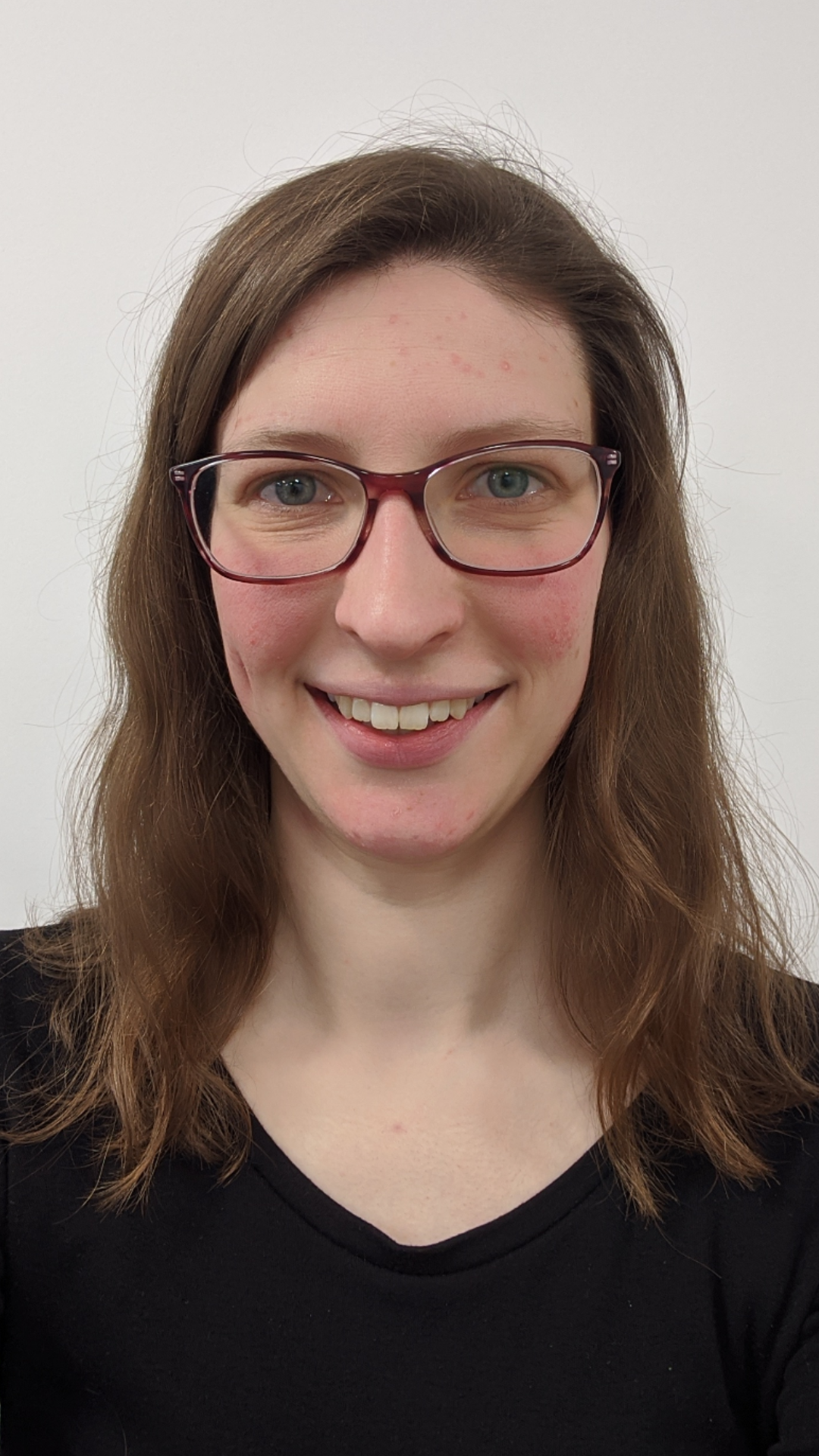
Using SIFT-MS to determine the behaviour of volatile organic compounds in the lung
The fate of volatile organic compounds (VOCs) following inhalation is poorly understood. However, there is a need to understand how VOCs behave in the lung, as recent evidence suggests that certain VOCs can worsen asthma symptoms in patients. Therefore, in this work, we designed a flow tube system containing representative lung-lining fluid (RLF), to investigate how VOCs will interact with the fluids covering the surface of the human lung. Using SIFT-MS, concentrations of VOCs either in contact with RLF or not were compared, and VOC loss rates quantified. This work will inform the development of a computational lung chemistry model.
Dr. Leonard Kirago

SIFT-MS for the characterisation of VOC emissions from a modern wood stove
Domestic wood burning is a key source of air pollution, yet its full impact on air quality and in the emission inventories is not accurately represented. Under the CondensabLe AeRosol from non-Ideal Stove Emissions (CLARISE) experiments that took place early in 2024, SIFT-MS (VOICE200 Ultra, Syft Technologies) was deployed to investigate volatile organic compounds (VOC) emissions under different fuels and burn conditions. This presentation gives an overview of the experiments and the initial results and implications.
Consumer Products
Dr. Mickael Le Bechec
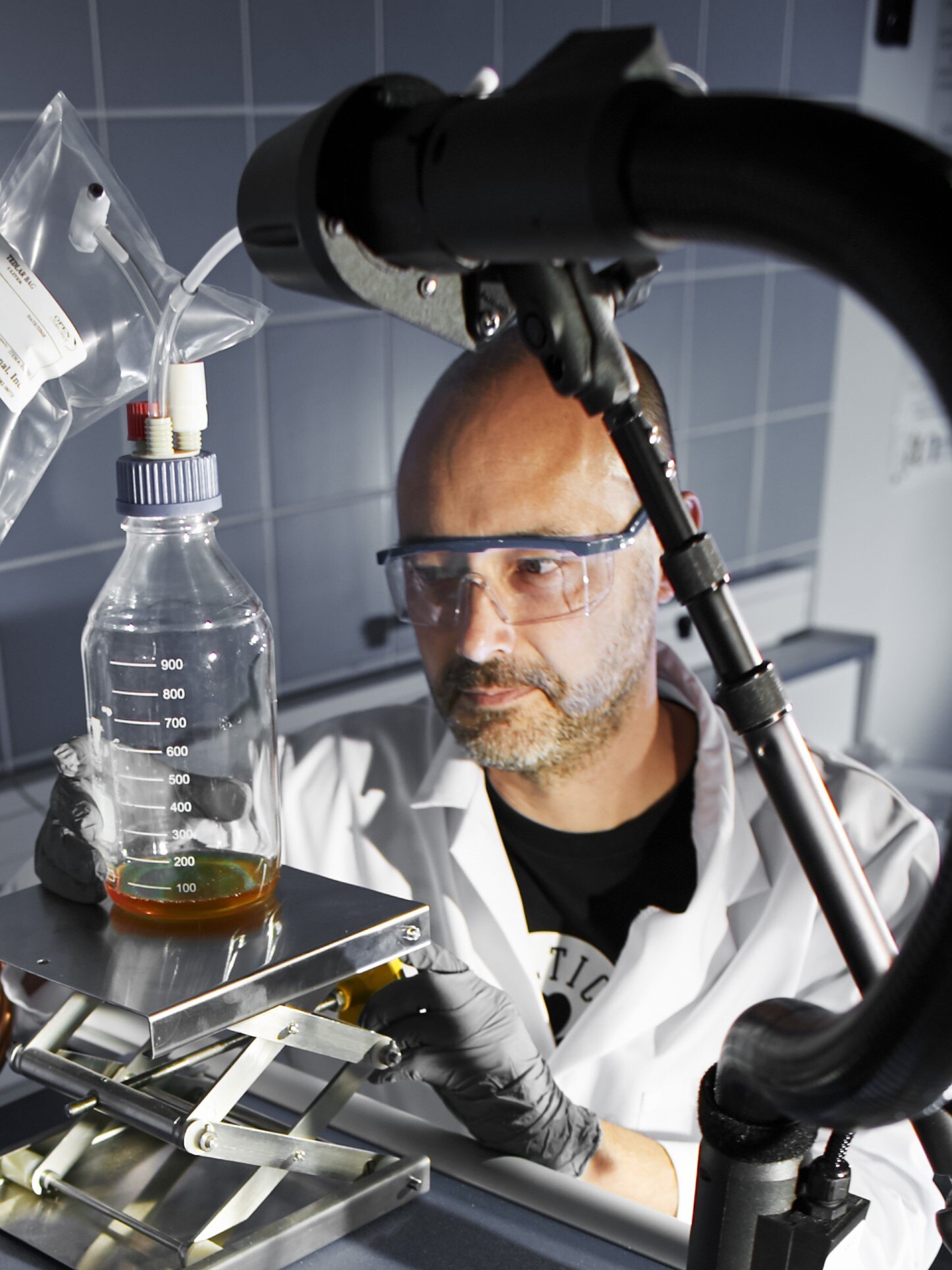
Untargeted analysis of food matrices with SIFT-MS
VOC analysis by direct injection mass spectrometry is extremely powerful but complex when many molecules are present. This is particularly the case for food analysis, where volatile molecules play a fundamental role in the sensory perception. To overcome the difficulties of quantifications due to conflict ions, we have developed a strategy for exploiting full scan data to draw the volatile fingerprints of food matrices. Comparing volatile chemical fingerprints enables us to study the gas matrix as a whole, without preconceived ideas. Finally, untargeted analysis of a sample library can classify samples but also identify signals characteristic of different classes.
Dr. Amber Yeoman
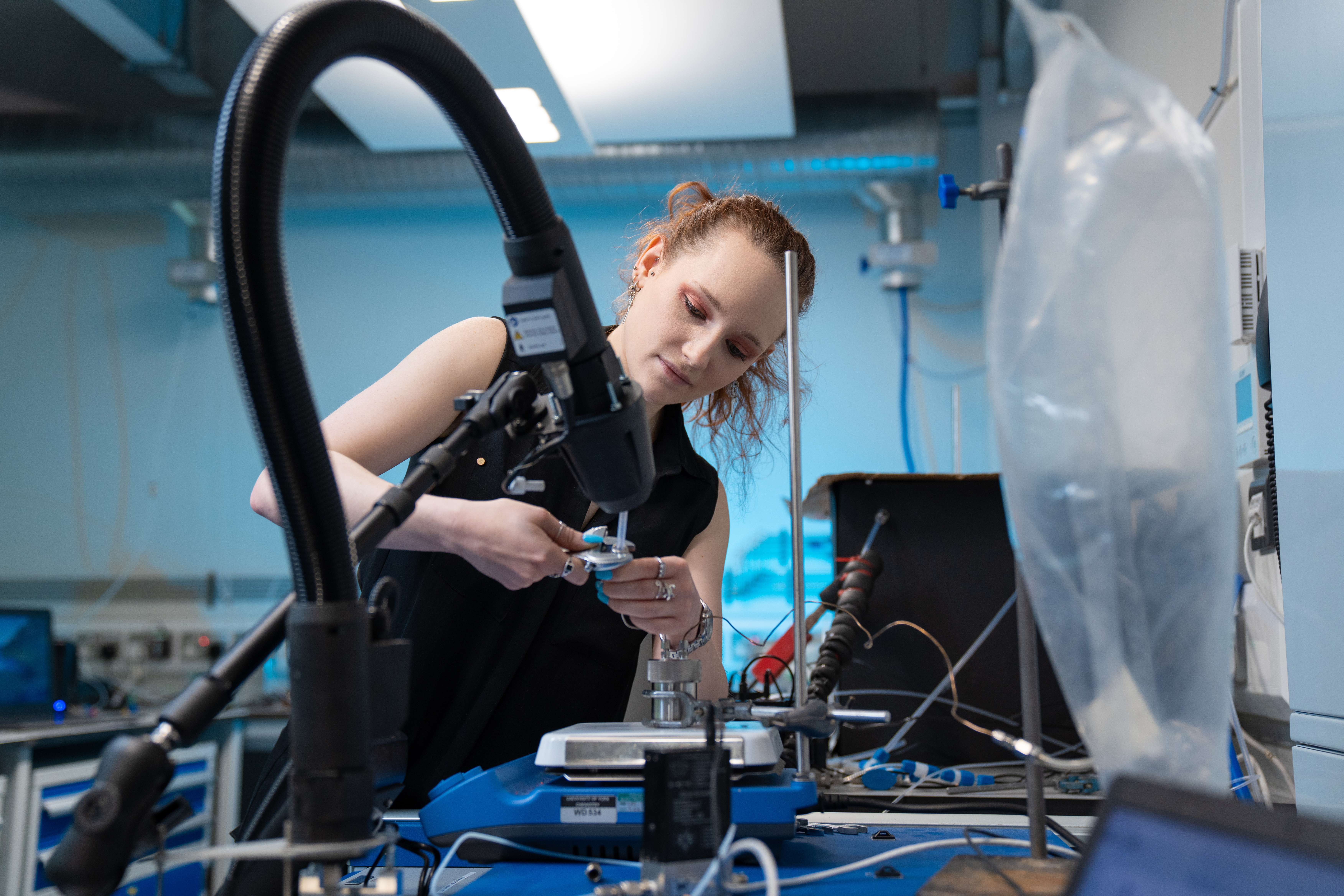
Consumer Product VOCs: Utilising SIFT-MS to track emissions and characterise profiles
`Consumer products` comprises many products including, but not limited to, toiletries, cosmetics, topical drugs, and aerosols. Whilst very different in their formulations, they all emit volatile organic compounds (VOCs) which have an impact both on indoor air quality and inhalation exposure to users. Quantifying said emissions is complex, and requires multiple analyses in order to produce data to inform national atmospheric emissions inventories, and estimate exposure. This presentation details how SIFT-MS is a valuable tool in this process, and the different ways it can be utilised in this area of research.
Ethan Pearce
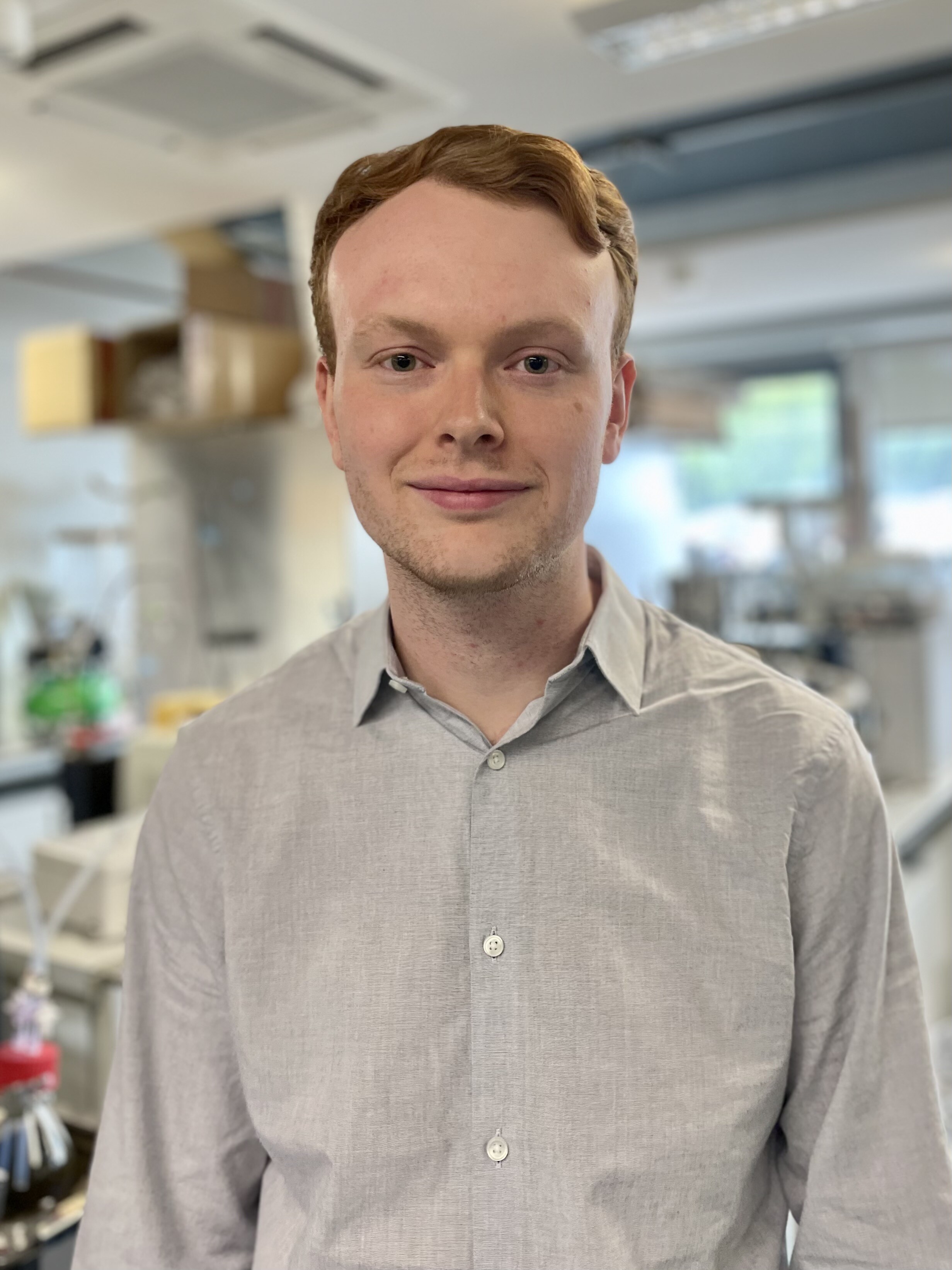
Rapid flavour profiling for sustainable food product development
Volatile organic compounds (VOCs) are an important component of the flavours and aromas of food products. Selected Ion Flow Tube Mass Spectrometry (SIFT-MS) is a sensitive, rapid, and real-time technique for measuring these compounds. The potential of SIFT-MS for automated flavour and aroma detection in chocolate and confectionary products is being explored and evaluated, to accelerate product testing and development. The absence of chromatography significantly reduces sampling time for static headspace analysis and enables the study of flavour and aroma release, providing complementary information to conventional gas chromatography-mass spectrometry (GC-MS).
Biomedical and Microbial Research

Detection of Microorganisms Associated with Wound Infection: Exploration of Microbial Volatile Compounds using SIFT-MS as a Diagnostic Tool.
When a patient presents with a suspected wound infection, culture of a wound sample is undertaken to determine the causative agent, which can lead to a significant delay in appropriate treatment. Therefore, there is an urgent need for a rapid diagnostic tool that can determine the presence (or absence) of wound infection. All bacterial species produce volatile compounds as a by-product of metabolic processes. Our work has utilised SIFT-MS technology coupled with GC-MS to investigate whether microbial volatile compounds can be exploited as a new diagnostic approach for detecting wound microorganisms. SIFT-MS has enabled microbial volatile profiles to be determined for wound associated microorganisms, grown under diverse physiological conditions (including biofilms), demonstrating that these microorganisms can be differentiated based on volatile compound profiles. This approach is now underpinning the development of appropriate low-cost sensors (based on graphene) to help take this technological approach nearer to clinical implementation. Ultimately the aim is to enable clinicians to detect infections at an early stage thereby providing better health outcomes for the patient and reducing healthcare costs.
Dr. Ilaria Belluomo

Optimisation of an analytical method for the detection of short chain fatty acids using selected ion flow tube mass spectrometry
Ilaria Belluomo1, Philip Leung1, Alson Wong1, Aaron Parker1, Valerio Converso1, Mark Perkins2, Vaughan Langford3, Patrik Spanel1,4, George B Hanna1.
- Department of Surgery and Cancer, Imperial College London, London W12 0NN, United Kingdom.
- Element Lab Solutions, Cambridge CB30NA, United Kingdom.
- Syft Technologies Limited, Christchurch 8011, New Zealand.
- Heyrovský Institute of Physical Chemistry of the Czech Academy of Sciences,182 23 Prague, Czechia
Analysis of volatile organic compounds (VOCs) in exhaled breath using direct sampling mass spectrometry techniques, such as selected ion flow tube (SIFT-MS), offers an attractive strategy for non-invasive disease diagnosis and monitoring. Among the VOCs potentially altered by pathological states, particular interest has been raised by short chain fatty acids (SCFAs). In this project we optimised SCFA quantification using SIFT-MS and TD-SIFT-MS, exploring different analytical parameters. In addition, we investigated SCFA potential cross-reactions with other VOCs, such as methanol for the production of methyl esters.
Dr. Celia Lourenco
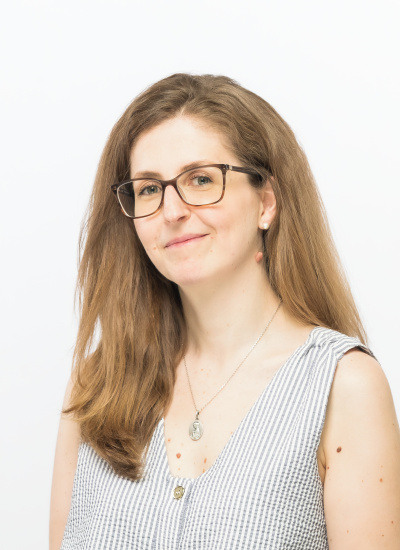
Measurement of volatile propofol for monitoring intravenous anaesthesia
Despite the common use of the anaesthetic propofol, its real-time intravenous monitoring in body tissues is not yet available and clinicians rely on clinical experience and basic pharmacokinetic modelling to predict the suitable anaesthetic dose. Failure to accurately quantify intravenous levels risks the patient being under or over anaesthetised.
In this study we investigated the fundamental ion-molecule chemistry of propofol occurring in SIFT-MS; the reaction rate coefficients (k) for the reaction between propofol and reagent ions were theoretically determined; the variation of signals with humidity was also investigated. This research provides potential for the real-time monitoring of propofol and its major metabolites in exhaled breath and blood.
Pharma, Routine Analysis, Data Processing, and Lab Automation
Prof. Chris Price

SIFT-MS: Real-Time Volatiles Analysis for Continuous Manufacturing of Pharmaceuticals
The pharmaceutical industry has traditionally favored batch manufacturing driven by process complexity and relatively small scale of operation compared to the rest of the chemical sector. However, the industry is facing significant change as demands from patients, payers, and healthcare systems drive increased complexity in the design, development, manufacturing, and supply of future medicines. One way this is being addressed is through a shift to continuous manufacturing driven by a desire to increase consistency, reduce operating costs and implement advanced process control based on real-time measurements.
This presentation will provide an overview of continuous manufacturing and illustrate a SIFT-MS application: determination of solvent-drying endpoints in state-of-the-art active pharmaceutical ingredient (API) drying systems.
Dr. Mark Perkins
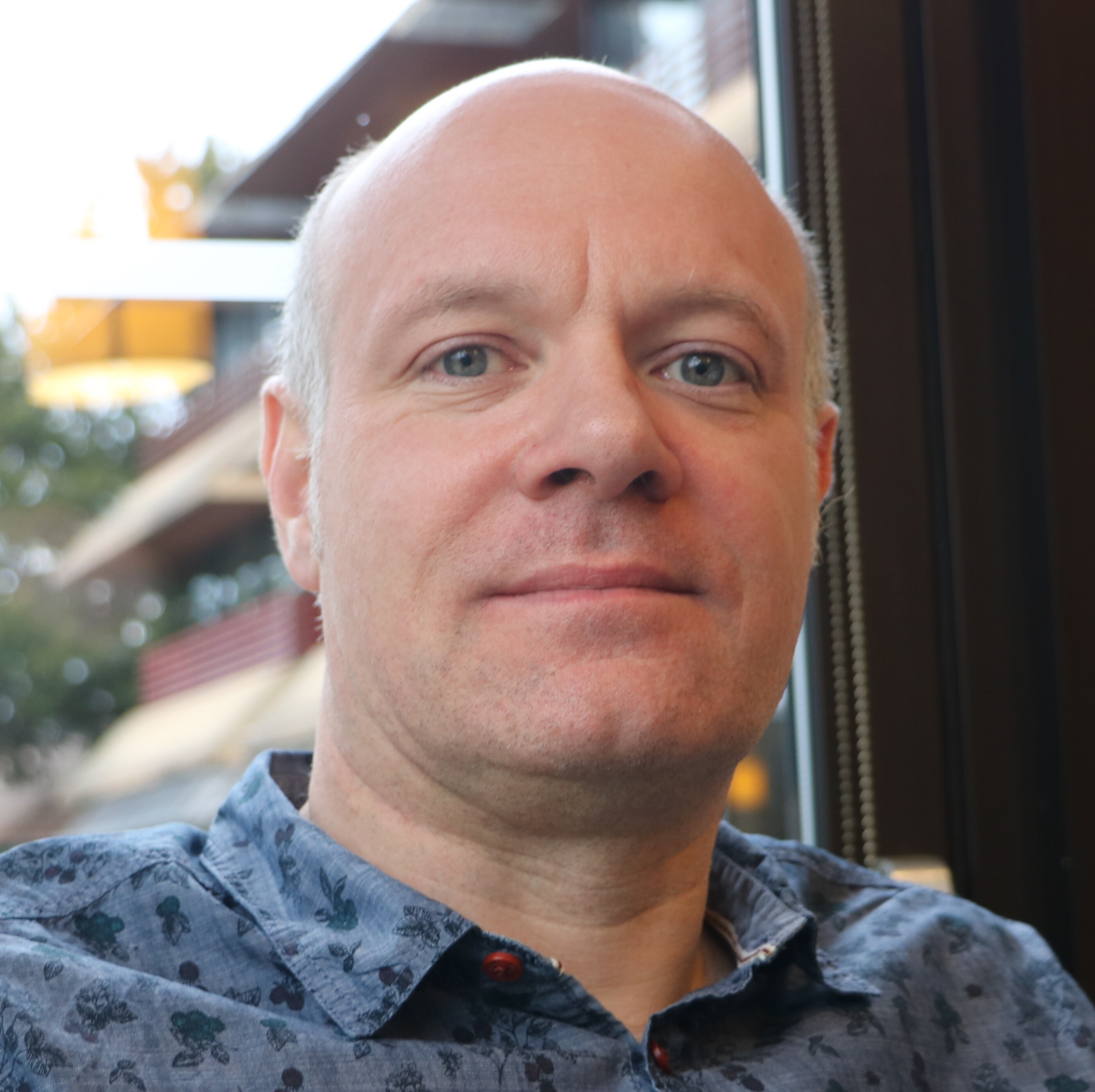
Beyond “Dilute and Shoot”: More Sophisticated Headspace Approaches Coupled with SIFT-MS
Static headspace analysis using the conventional dissolution approach is now well established with automated SIFT-MS. This presentation will discuss the principles and practice of more sophisticated procedures for complex systems: multiple headspace extraction (MHE) and the method of standard additions. Case studies will include studies on polymers, nitrosamines in drug products, beer, and personal care products (PCPs).
Aaron Smith

A Case Study comparison between two polymers using SIFT-MS combined with Thermogravimetric Analysis and Hot-Melt Extrusion
Aaron D. Smith, Ecaterina Bordos, Alastair Florence, John Robertson
In the manufacture of amorphous solid dispersions, choosing the optimum polymer is crucial when aiming for a successful formulation. Market saturation means there is a wide range of these materials available different competitive manufacturers. Drug-polymer interactions are the defining factor for using a specific material to make a successful amorphous product that avoids the potential for recrystallisation. This study explores the physical and chemical differences between two polymers with the same chemical structure but from two different manufacturers. It showcases SIFT-MS as an identification and quantification tool for examining the difference in volatile emissions between these polymers when coupled with Thermogravimetric Analysis and hot-melt extrusion. This workflow has shown clear differences between these commercial products when comparing their volatile behaviour and potential degradation products. The difference in impurities could mean different interactions between the drug and polymer and therefore have an effect on the final stability of the formulation.
Dr. Vaughan Langford
Technical Workshops
Prof. Patrik Španěl
Dr. Mark Perkins
Dr. Keith Hewett
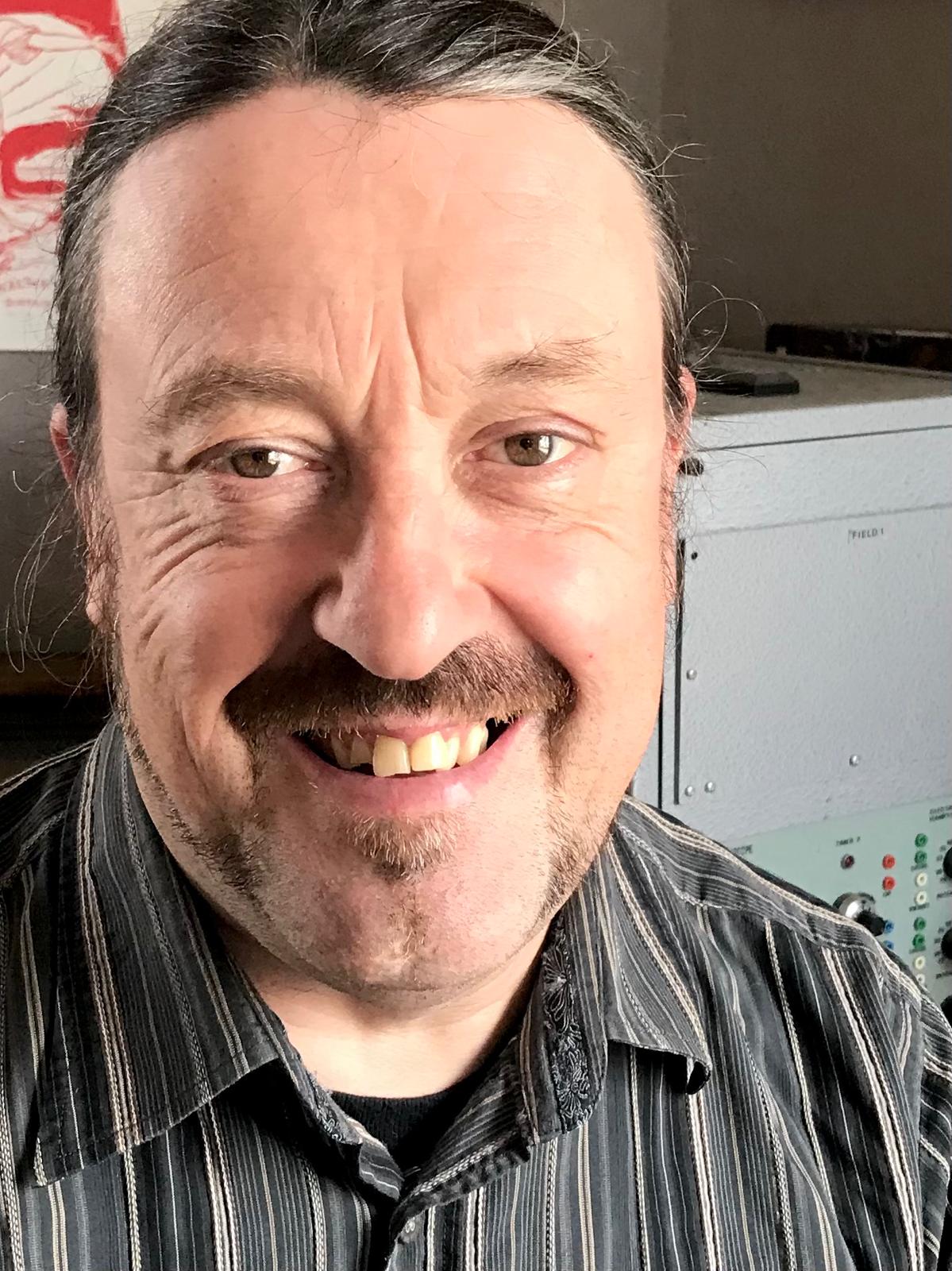
New approaches to SIFT-MS data processing and analysis
SIFT-MS based methods have the potential to produce large amounts of data, particularly when operating in full-scan mode over a large range. Identifying compounds present in unfamiliar samples using such data is laborious and prone to omission. Script based methods for comparing such data have been utilised to save time and effort, and to aid identification of volatiles present in mixed samples. Work is continuing to improve and enhance these methods, and feedback is encouraged following this talk to bring increased functionality to code-based methods of data analysis.
Dr. Kseniya Dryahina
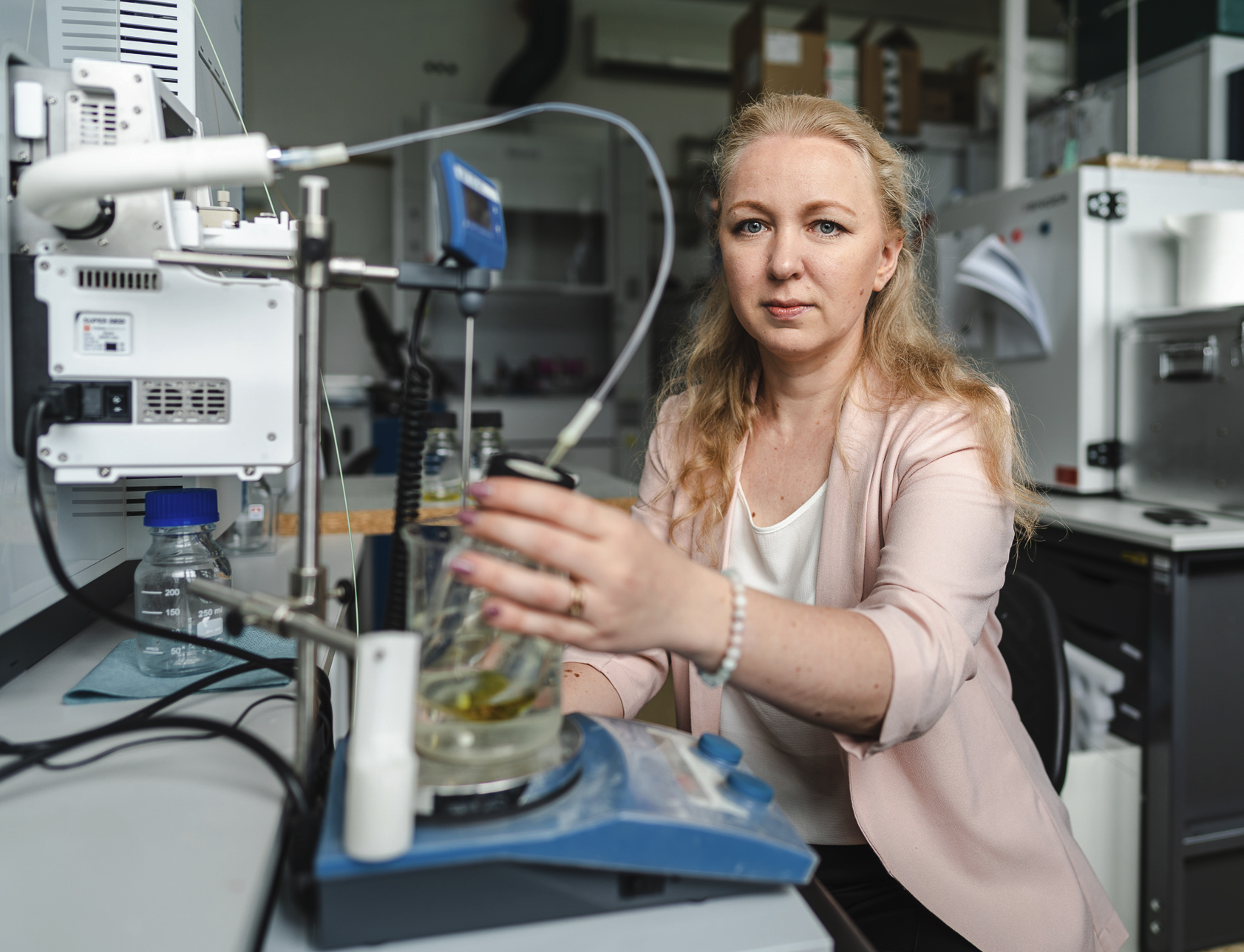
Tips and tricks for real time on-line analyses of breath and headspace
Demonstration will be done using the Prague Voice 200 dual polarity instrument on real time analyses of breath using heated mid-flow-sampling adaptor for spirometric disposable mouthpieces or bacterial filters.
This will include examples of acquisition and processing of dynamically changing samples.

